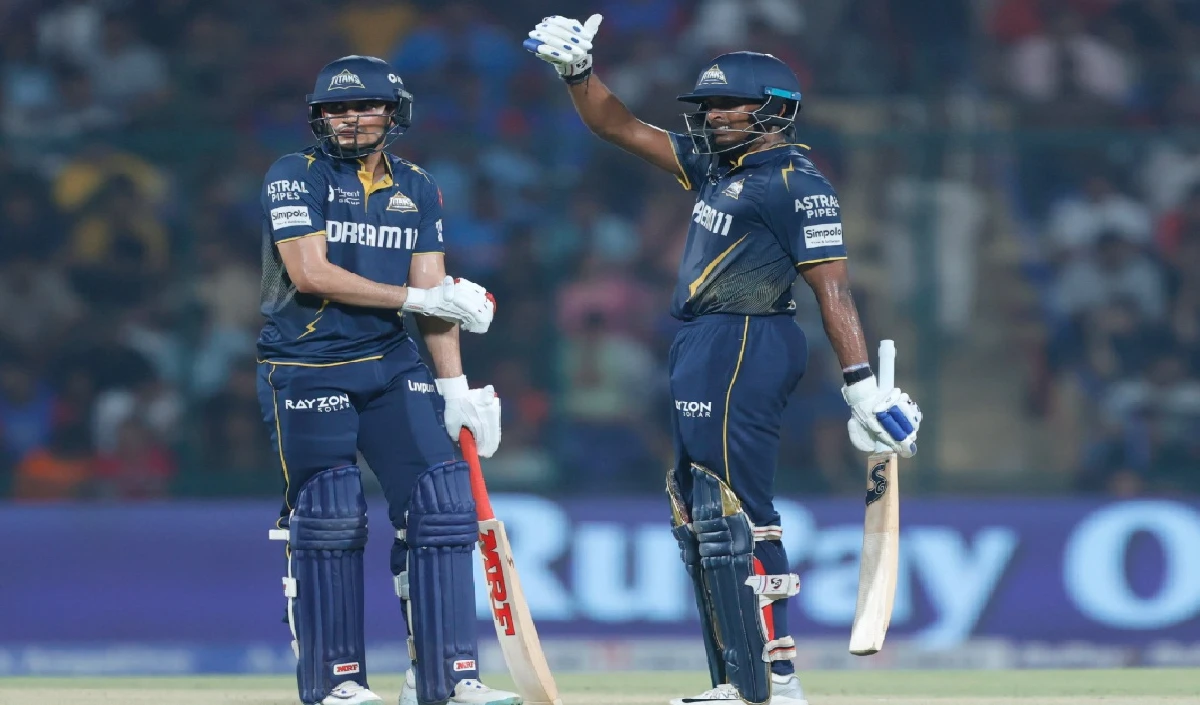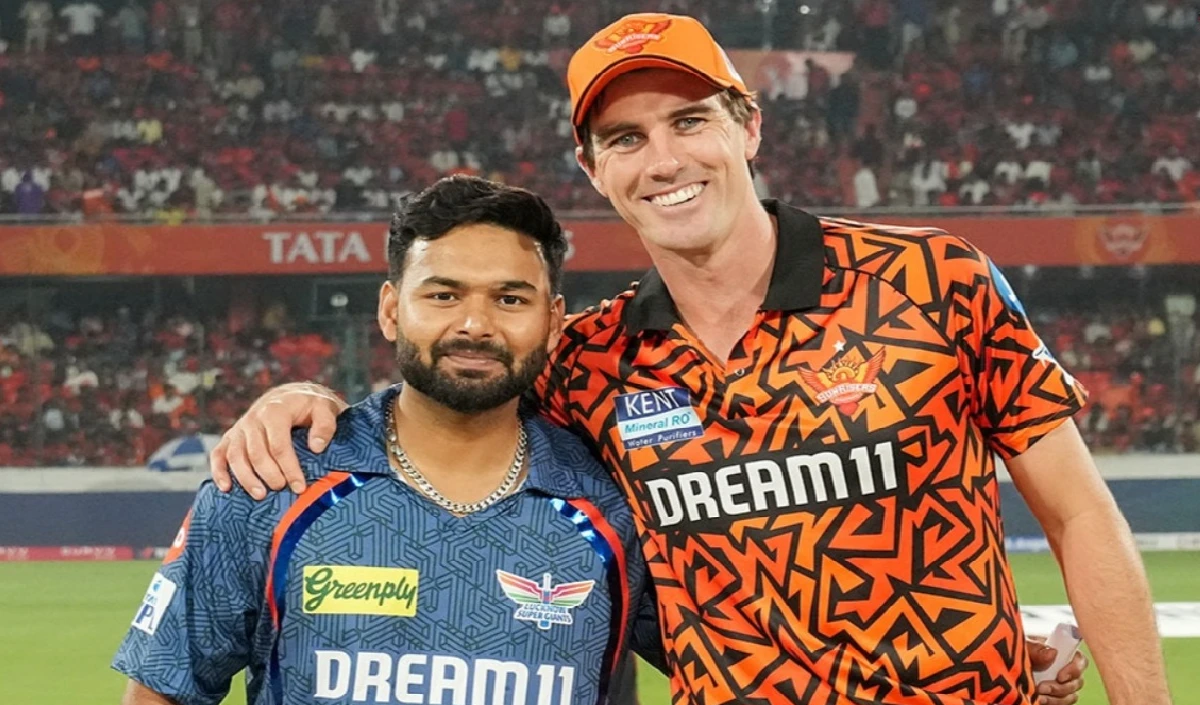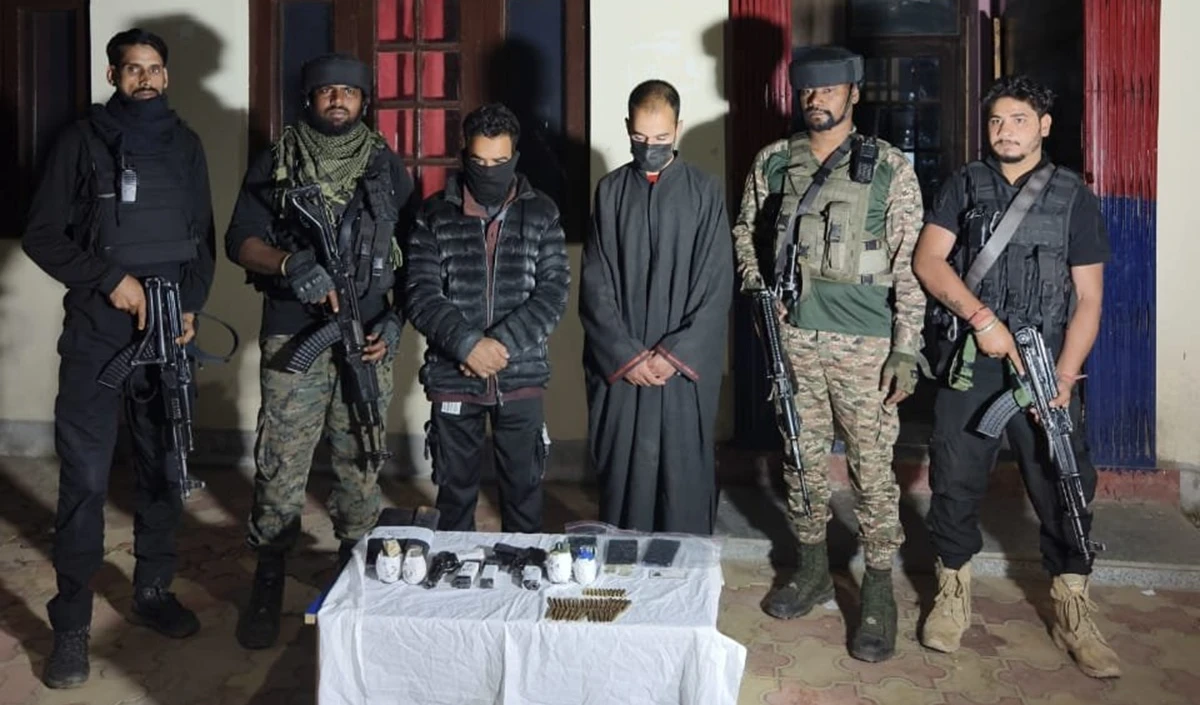While India became the fourth largest economy in the world, leaving behind Japan in the past, while doing fast growth, the process of achievements continues and the world is considering it. Now another happy report has come, which has been released by the World Bank, which has a significant decrease in excessive poverty in India. According to the data, in the year 2022-23 this rate has been reduced to 5.3 percent, which was 27.1 percent in the year 2011-12. According to the findings of the report, India has taken out 27 crore people out of excessive poverty in a short period of time than a decade, which can be said to be a notable and historical achievement in terms of scale and speed. Prime Minister Narendra Modi has emphasized the need for collective action to reduce poverty in eleven golden years of his rule, by listening to the struggles and concerns of the poor, helping them come out of poverty and resolving the challenges facing the people living in extreme poverty, they have put the plans to eradicate the poor. The Modi government has targeted to promote understanding and dialogue between the people living in poverty and the broad society. In his view, ending poverty is not just to help the poor – but to give every woman and man a chance to live with respect.
To achieve the goal of developed India, it is the result of the government initiatives, fast economic reforms and access to essential services being run under the leadership of Prime Minister Narendra Modi that poverty is decreasing day by day. According to the World Bank report, employment has increased. There has been significant improvement in both rural and urban areas. India has also made tremendous progress in reducing multidimensional poverty. Multi-time poverty index (MPI) has come down from 53.8 percent in 2005-06 to 16.4 percent in 2019-21 and 15.5 percent in 2022-23. Prime Minister Modi highlighted the focus on important steps and empowerment, infrastructure and inclusion taken by the central government to overcome poverty. Partners like Pradhan Mantri Awas Yojana, Pradhan Mantri Ujjwala Yojana, Jan-Dhan Yojana and Ayushman Bharat have increased their reach to housing, clean cooking fuel, banking and healthcare.
Also read: Indian economy has two important gifts of Reserve Bank of India
Direct Benefit Transfer (DBT), Digital Inclusion and Strong Rural infrastructure have ensured transparency and sharp distribution of benefits to the last masses. This has helped more than 25 crore people to overcome poverty. The Modi government has launched several schemes to make economically weaker people support and self -sufficient and implemented them better. The number of people living in extreme poverty has come down from 34.44 crores to 7.52 crore. There has been significant progress in reducing excessive poverty across India, in which major states have played an important role in reducing poverty and furthering inclusive growth. Five big states Uttar Pradesh, Madhya Pradesh, Maharashtra, Bihar and Bengal had 65 percent of the most poor people in the country in 2011-12. These five states have contributed two-thirds to reduce poverty by 2022-23.
The World Bank, showing a mirror to Pakistan, has asked India to take inspiration from the plans and thinking of poverty alleviation. According to the World Bank report, 45 percent of Pakistan’s population is in poverty. India’s poverty rate is 5.3 percent and Pakistan is 42.4 percent. The biggest reason for this, Pakistan pays all its attention to terrorism and nutrition of terrorists, removing poverty is not far away in its plans and policies. That is why India has also accused Pakistan on global forums that it is misusing international assistance to promote terrorism. India has requested institutions like World Bank and IMF to review the assistance given to Pakistan, as it is being used in military expenses and terrorist activities rather than the welfare of common people. After the recent Pahgam attack, India raised the issue strongly, in which it highlighted the 18 percent increase in Pakistan’s military budget and low spending on social welfare. Poverty is a violation of human rights of a person. This leads not only to live a life of absence, hunger and suffering, but there is also a great obstruction of fundamental rights and freedom. The same situations are being seen in Pakistan.
The resolve of poor -free India is also being shaped by creating strong India and developed India during the nectar of independence. In the schemes and targets set by Prime Minister Narendra Modi and his government for the centenary celebrations of independence of 2047, comprehensive schemes have also been made for poverty alleviation. In the last eleven years and the third term of Modi, such poor welfare schemes have been implemented, which has made meaningful efforts to wash the stigma of poverty on the bears of India and those who live below the poverty line have been raised. Certainly, various welfare programs such as economic development and rural employment schemes have played a big role in this achievement. Undoubtedly, it has helped to increase the income of the poorest sections. Certainly, initiatives such as improvement in public distribution system, direct profit transfer, electricity, toilets and housing to housing have contributed to improve the quality of life in rural and semi-urban India. But where we are confident about the success achieved in the eradication of poverty, the increasing economic inequality in the society should be a matter of concern. It should be our priority to reduce the growing distance between poverty and rich. The World inequality Report 2022 released last year shows that the wealth of the top one percent people in India has gained a big jump. They control forty percent of the country’s property.
The main cause of poverty in India is increasing population, weak agriculture, corruption, orthodox thinking, casteism, high-low in rich and poor, lack of jobs, illiteracy, disease etc. There should not be a poverty line in an independent country, one in an exploited society, an egalitarian approach and in a welfare socialist system. Till now this line has been a line of shame for those masters, which should have been ashamed to see. A big question was how the government could not give bread? Who could not make Abhay, how is that system? Who could not give respect and affection, how is that society? Gandhi and Vinoba spoke of ‘Sarvodaya’ for everyone’s rise and poverty eradication. But the politicians made him private. The poor in ‘Poverty Remove’ were withdrawn. By now, those who could redeem the slogan of poverty, they could gain power. But now the Modi government is making meaningful efforts to eradicate poverty. Due to the boom in the technical inspired services of the Modi government, after the year 2000, the development model has benefited the poor class. Along with reducing poverty for social justice undeniably, it is necessary for weaker sections, respect, equality and flexibility in policies. In fact, the goal of poverty -free India can be fulfilled only when the welfare policies of the government not only take them out of the swamp of poverty, but also make them self -reliant. The purpose of economic welfare policies should not be distributed on their feet but rather than distributing free revades. Only then the vicious cycle of poverty can be reduced permanently.
Fine Garg
Writer, journalist, columnist



